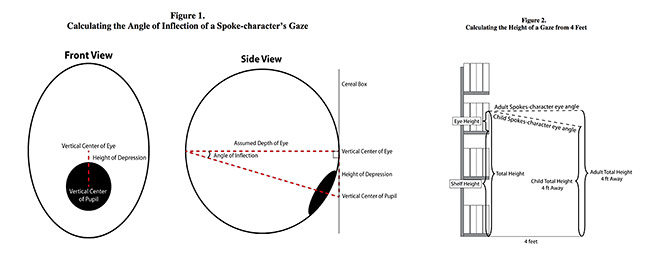People whose cellphones move at a certain clip across city parks between 5:30 and 8:30 every morning are flagged by Viasense’s algorithm as “early morning joggers.” When you give your smartphone permission to access your location, you may be sharing a lot more than you realize.
{ WSJ | Continue reading }
We show that easily accessible digital records of behavior, Facebook Likes, can be used to automatically and accurately predict a range of highly sensitive personal attributes including: sexual orientation, ethnicity, religious and political views, personality traits, intelligence, happiness, use of addictive substances, parental separation, age, and gender. […]
Table S1 presents a sample of highly predictive Likes related to each of the attributes. For example, the best predictors of high intelligence include “Thunderstorms,” “The Colbert Report,” “Science,” and “Curly Fries,” whereas low intelligence was indicated by “Sephora,” “I Love Being A Mom,” “Harley Davidson,” and “Lady Antebellum.” Good predictors of male homosexuality included “No H8 Campaign,” “Mac Cosmetics,” and “Wicked The Musical,” whereas strong predictors of male heterosexuality included “Wu-Tang Clan,” “Shaq,” and “Being Confused After Waking Up From Naps.” Although some of the Likes clearly relate to their predicted attribute, as in the case of No H8 Campaign and homosexuality, other pairs are more elusive; there is no obvious connection between Curly Fries and high intelligence.
Moreover, note that few users were associated with Likes explicitly revealing their attributes. For example, less than 5% of users labeled as gay were connected with explicitly gay groups, such as No H8 Campaign, “Being Gay,” “Gay Marriage,” “I love Being Gay,” “We Didn’t Choose To Be Gay We Were Chosen.” […]
Predicting users’ individual attributes and preferences can be used to improve numerous products and services. For instance, digital systems and devices (such as online stores or cars) could be designed to adjust their behavior to best fit each user’s inferred profile. Also, the relevance of marketing and product recommendations could be improved by adding psychological dimensions to current user models. For example, online insurance advertisements might emphasize security when facing emotionally unstable (neurotic) users but stress potential threats when dealing with emotionally stable ones.
{ PNAS | PDF }






















